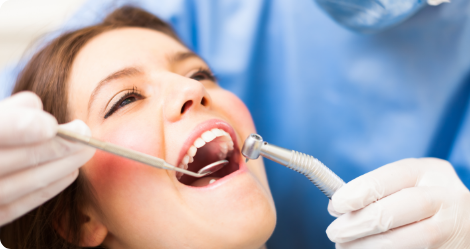Teeth Whitening
Teeth Whitening
Regain your confidence with a brighter, whiter smile at Mickleham Dental.
Teeth Whitening is a very popular and highly sort after cosmetic dental treatment at Mickleham Dental, which achieves a brighter, whiter more aesthetic smile within a single in-chair session.
What is teeth whitening?
Teeth Whitening is the process of lightening the natural colour of the teeth, without the need for invasive treatment. The ingredients used in our Phillips zoom white speed products break down the stains on your teeth, and the blue light accelerator penetrates the whitening gel for faster more effective results.
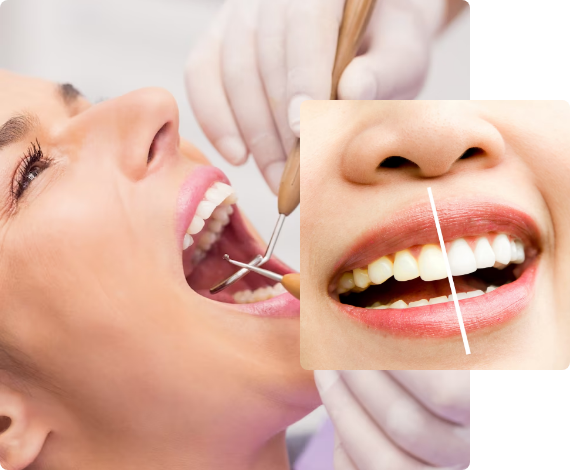
types of teeth whitening
What types of teeth whitening are available at Mickleham Dental?
At Mickleham Dental, we offer both in-chair and take-home whitening kits by Phillips zoom whitening.
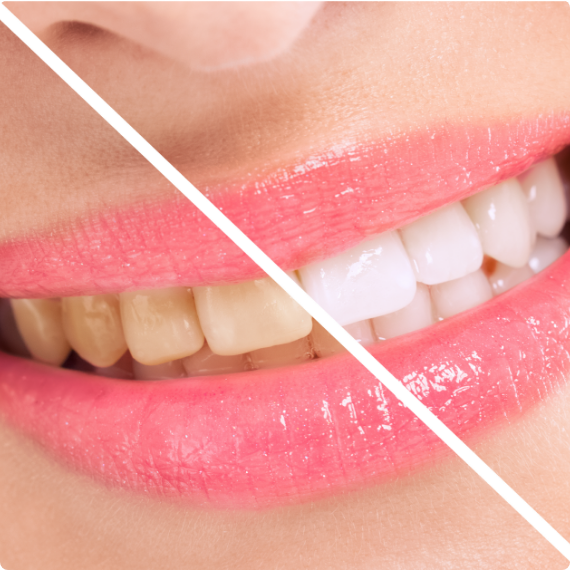
Phillips Zoom In-Chair
If you choose Mickleham Dental for your In-Chair Whitening, One of our highly trained dentists will prepare your teeth by completing a dental scale and clean. We recommend having this performed within a month prior to commencing your whitening as this allows for optimum results.
Our dentist will then place a layer of protective gel around your gums, followed by a layer of whitening gel, which is then activated by the Philips Zoom Whitespeed Whitening LED Accelerator to achieve the desired results, which can take up to a hour to complete.
Once the desired result is achieved, a post-treatment gel is applied, this reduces sensitivity and provides protection to the tooth enamel.
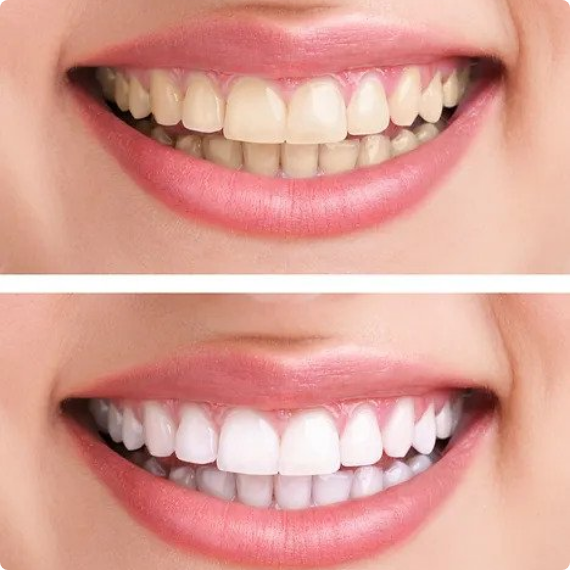
Pola Day Take-Home Whitening Kit
If you choose for the in-chair whitening process, one of our highly trained dentists will prepare your mouth by completing a dental scale and clean. We recommend having a scale and clean done within a month prior of your take-home whitening as this allows for the optimum results.
Our dentist will then take moulds of your teeth to create custom-made whitening trays to complete your take home kit. We will explain how to use the take-home whitening kit and suggest a suitable daily wear time for best results.
Advice
Advice for long last results after professional teeth whitening
It takes 24 hours for the layer of enamel to regenerate, so the 48 hours post teeth whitening are the most important. Here at Mickleham dental, we recommend avoiding anything that is acidic based or staining, such as citrus fruits, soft drinks, coffee or red wine.
We Advise To Avoid A List Of Food And Drinks Such As:
- Coffee
- Red Wine
- Fruit Juices
- Chocolate
- Curries (Dark Or Yellow Based)
- Tea
- Fruits
- Beer
- Tomato Based Foods (Soup, Pasta Sauces)
- Tobacco Products
Consuming any of these items will reverse the effects of the whitening procedure and may also cause long term damage to your teeth.

